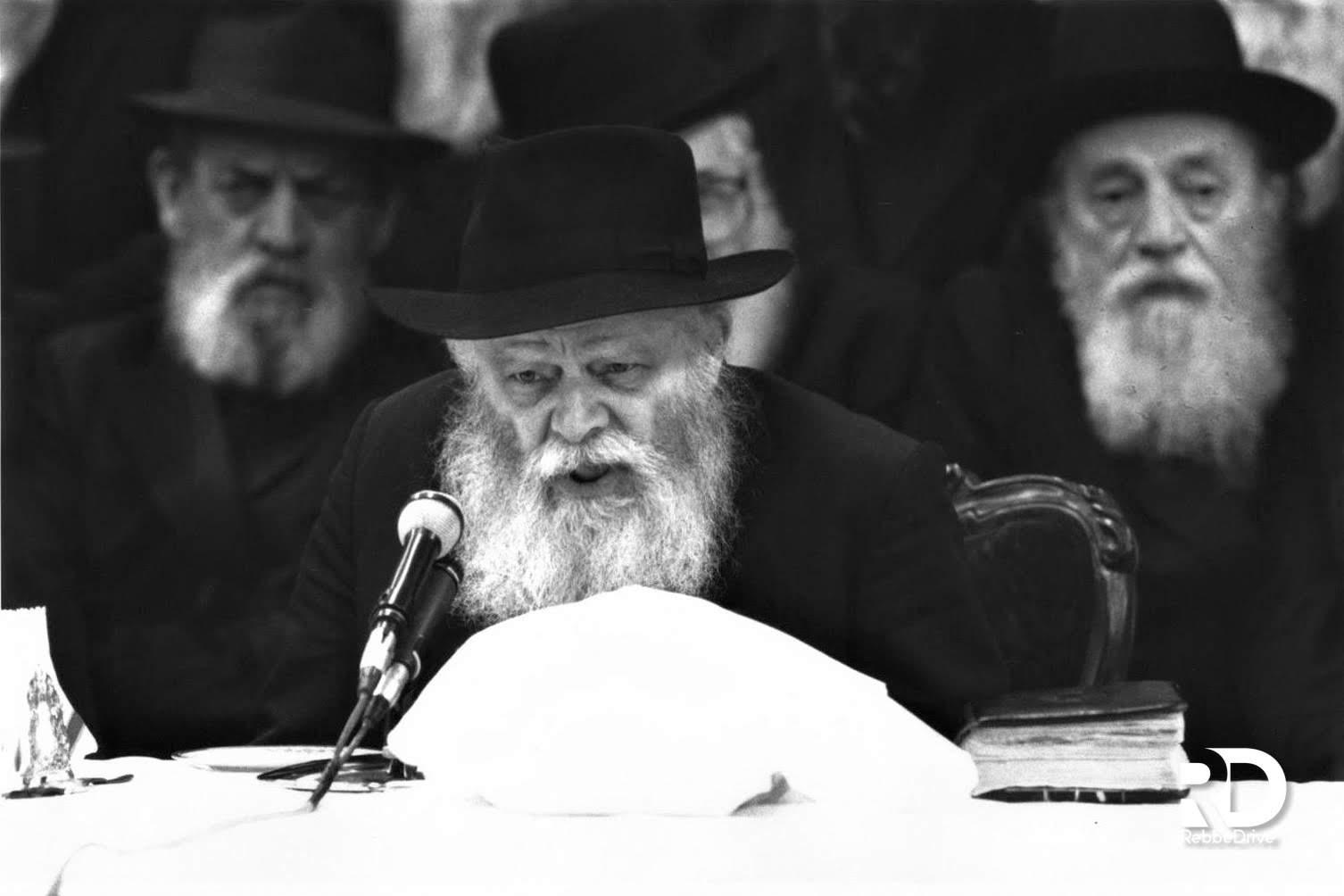Op-Ed: How To Relate To a Living Rebbe Which We Can’t See
By Rabb Gershon Avtzon • Dear Reader: This Shabbas, Korach 5785, is the Shabbas right before “Gimmel Tammuz”. Whatever your personal outlook is on the events connected to “Gimmel Tammuz”, all agree that it is a day in which we need to put a special emphasis on our connection to the Rebbe • Full Article
By Rabbi Gershon Avtzon
Dear Reader: This Shabbas, Korach 5785, is the Shabbas right before “Gimmel Tammuz”. Whatever your personal outlook is on the events connected to “Gimmel Tammuz”, all agree that it is a day in which we need to put a special emphasis on our connection to the Rebbe.
To me, personally, it is clear that we must live with a “living Rebbe”. This is the way we must speak about the Rebbe and the way that we need to educate our children, students and communities about the Rebbe. They all must know and realize that the Rebbe is with us today and that we can connect, write and receive amazing answers from the Rebbe (through the Igros Kodesh or through the way that the Rebbe will decide) in 5785.
I would like to share a personal perspective on a very sensitive topic. I am sure that there are many that will be reading this article and not agree with what I am writing and I fully respect that. Every Chassid has their Mashpia and their Rav who guide them on their Hiskashrus and Avodas Hashem and that is how it should be. I share this perspective in an attempt to bring clarity to many young chassidim – who tend to see everything in “black and white” – and have a hard time living in dual realities.
The question that I hear a lot: How should we relate to a living Rebbe that I do not see? Is it enough to just believe that the Rebbe is living or do I need to act as if I see that the Rebbe is living?
I do not want to get into specific actions and behaviours of certain individuals, as it is not beneficial or important, rather to give a general approach and outline. There are two ways that we know that someone is alive: 1) We see the person living amongst us. 2) We have a Passuk, or Sicha of the Rebbe, that proves that the person is living. An example of this is Yaakov Avinu, about whom the Gemara (Taanis 5a) says “I will prove from a Passuk” that Yaakov did not die.
[I am very aware that there are many different commentaries and explanations of this specific Gemara, and I bring this as a general example. It should be pointed out that Rashi (on Chumash), brings this Gemara down to be understood in its literal sense by a “Ben Chamesh L’mikrah”.]
What is the difference between the two types of living? Some people say that while the first category of people are really living, the second category of people are not “really” living. This is a terrible and detrimental mistake: While there are many things in Torah that we may not comprehend, we have full faith in every word of Torah. If Torah says that this is the reality, then this is what we do believe. In truth, to a Yid, the fact that Torah tells us that someone is living makes it even more absolute that this is the reality.
So what is the true difference between the two? It is very simple: Our responsibility to focus on the physical needs of the living person. A living person whom we see, we must ensure that they have clothing, food and shelter. We must visit them, and take care of them, when they are sick and ensure that all their physical needs are met.
A person who is living because “The Passuk (or Sicha) Says”, is truly alive, but it is not our obligation to deal with their physical existence. The same Torah that tells you that the person is living is also making sure that their physical life is cared for (in whatever way that is supposed to happen). There is nobody, even those that understand the words that “Yaakov did not die” literally, that is making meals or clothing for Yaakov Avinu. Being that the Torah is silent on the practical application of the life of Yaakov Avinu, we leave it at that. Anything that someone would decide that Yaakov Avinu is doing, at any given moment, is not grounded in a Torah reality.
I want to be clear: There is tremendous value, and it should be admired, those that act in a way that expresses your anticipation for the imminent revelation of the Rebbe. We know that the Rebbe is with the Chassidim and our strong emunah hastens the revelation.
I repeat that I know that there are many that disagree with this approach (some will think that it is too extreme and others will say that it is not extreme enough) and that is fine. We must all learn to live with each other and respect each other. As long as we are following our Rav and Mashpia, and we have clear permission from the designated authorities where we are (for Talmidei HaYeshiva, it is the Hanhallas HaYeshiva, and for Anash in a shul, it is the Rabbanim and Gabbaim), then Tovo Aleichem Bracha!
The main thing: “May we be privileged to see and meet with the Rebbe here in this world, in a physical body, in this earthly domain — and he will redeem us.”
***
Rabbi Gershon Avtzon is the Rosh Yeshiva of Yeshivas Lubavitch Cincinnati and a well-sought-after speaker and lecturer. Please feel free to share your thoughts on the above by sending R’ Avtzon email: [email protected]
26
Join ChabadInfo's News Roundup and alerts for the HOTTEST Chabad news and updates!









































